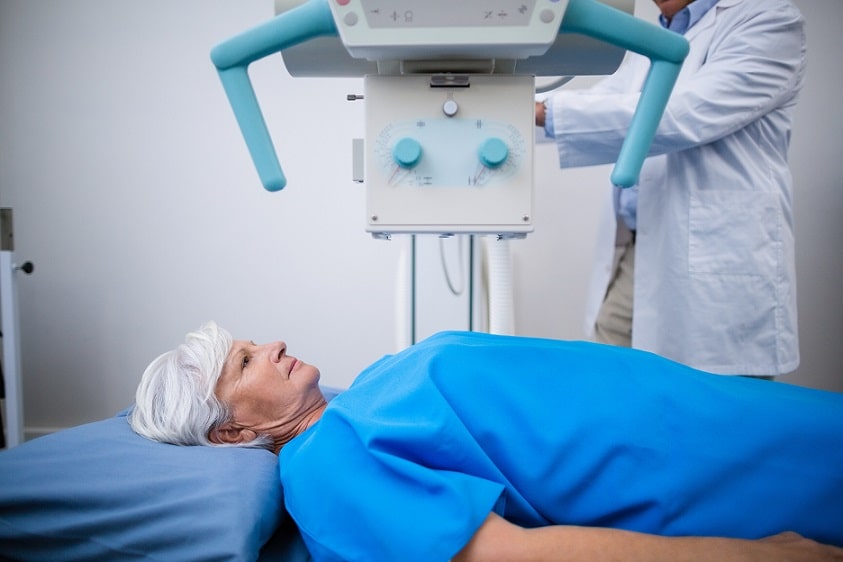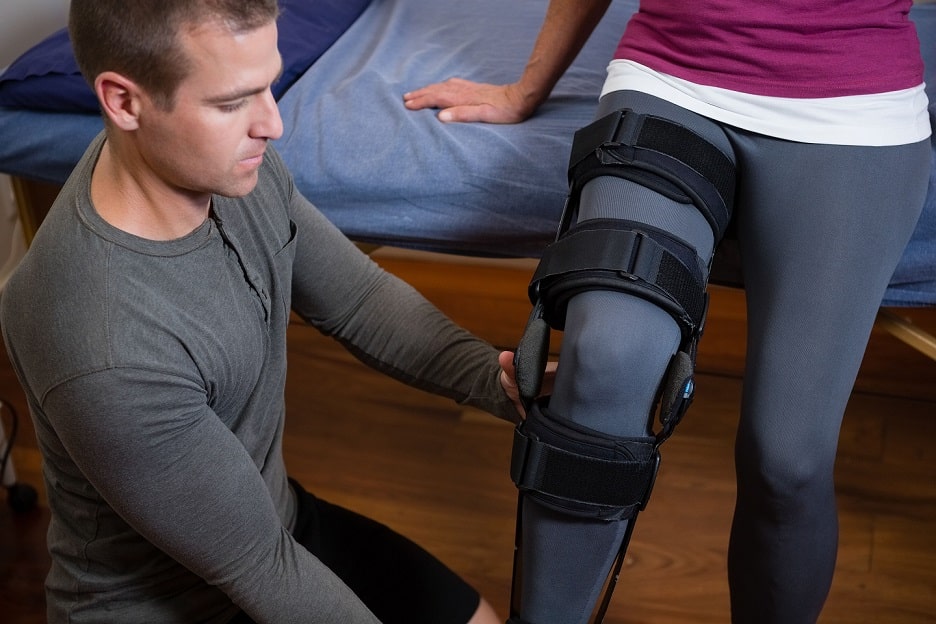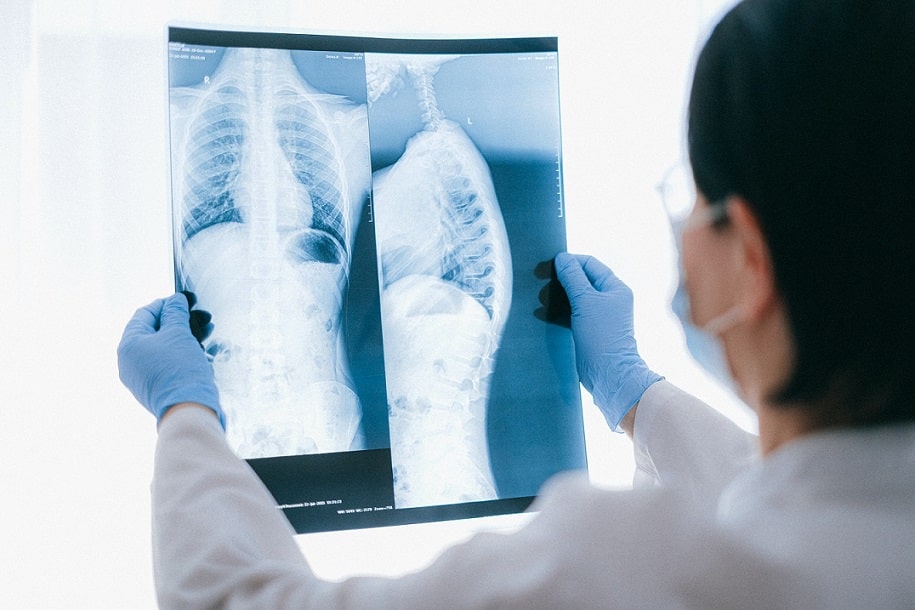 What constitutes a dangerous working practise?
What constitutes a dangerous working practise?
There are many obvious cases of dangerous activities at work, such as working at height, but a dangerous working practise would be carrying out these activities without the proper safety equipment to reduce the chance of injury. Not having good site order is classed as a dangerous working practise – this is particularly important in the construction industry. Similarly, machinery should always be fitted with guards, especially around any moving parts, and stairs and walkways should be clear from obstacles. All companies should have a health and safety procedure that you should be informed of when starting your employment. Any changes to this procedure should also be distributed to staff.
What steps can you take at work to prevent injury?
If you feel that an activity at work is not safe to carry out, inform your employer about it immediately. It’s always better to prevent an injury before it happens. Advising your employer about improved safety equipment could save them money against costly insurance claims. Always ensure that you use the safety equipment provided, as failure to do so can prevent you from making a claim. Although your employer should enforce that safety equipment be used, it can be negligent on your part for not using it.
Read More

 Lifting heavy objects has the potential to cause severe injury that can leave you suffering for weeks or even months after an incident. Even if an object is well within your capabilities to lift you should always apply correct lifting techniques to prevent injury. This should be covered by your employer in your health and safety training; if it wasn’t, you may have a
Lifting heavy objects has the potential to cause severe injury that can leave you suffering for weeks or even months after an incident. Even if an object is well within your capabilities to lift you should always apply correct lifting techniques to prevent injury. This should be covered by your employer in your health and safety training; if it wasn’t, you may have a  What constitutes a dangerous working practise?
What constitutes a dangerous working practise? If you have suffered an
If you have suffered an  We spend a large proportion of our lives at work – so it comes as no surprise that a high number of
We spend a large proportion of our lives at work – so it comes as no surprise that a high number of 










